Home>Garden Essentials>Garden Plants>What Does Thyme Look Like?
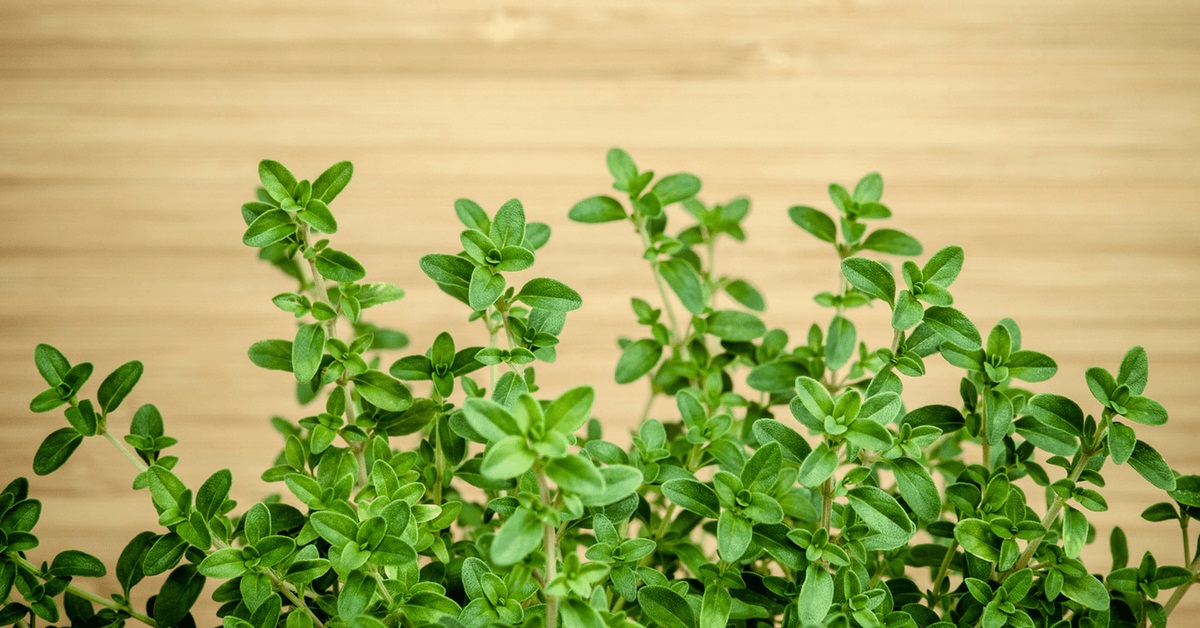

Garden Plants
What Does Thyme Look Like?
Modified: October 18, 2024
Discover what thyme looks like and explore the diverse range of plants while learning about their unique characteristics.
(Many of the links in this article redirect to a specific reviewed product. Your purchase of these products through affiliate links helps to generate commission for Storables.com, at no extra cost. Learn more)
Introduction
Welcome to the world of thyme! In this article, we will explore the physical appearance of thyme, its various varieties, and the many uses it has to offer. Whether you are already an avid gardener or simply curious about plants, thyme is a fascinating herb that is sure to captivate your interest.
Thyme is an herb that has been used for centuries in both culinary and medicinal applications. Its distinctive aroma and flavor make it a popular choice in kitchens around the world, while its potent medicinal properties have been recognized by herbalists for generations. But before we delve into its uses, let’s first take a closer look at what thyme actually looks like.
Key Takeaways:
- Thyme is a versatile herb with a compact, aromatic appearance, making it a perfect addition to gardens. Its culinary, medicinal, and practical uses offer a myriad of benefits for enthusiasts and nature lovers alike.
- From enhancing culinary creations to providing natural remedies and practical solutions, thyme’s aromatic leaves and charming flowers offer a delightful sensory experience. Its versatility extends beyond the kitchen, making it a valuable addition to everyday life.
Read more: What Does A Thyme Plant Look Like
What is Thyme?
Thyme, scientifically known as Thymus vulgaris, is a perennial herb that belongs to the mint family, Lamiaceae. It is native to the Mediterranean region but is now cultivated globally for its culinary and medicinal purposes. Thyme is a small, shrubby plant that typically grows to a height of 15-30 centimeters (6-12 inches), with woody stems and tiny, aromatic leaves.
This herb is known for its strong fragrance and pungent, earthy flavor. It has been used in traditional medicine for centuries due to its antiseptic, antifungal, and antibacterial properties. Thyme is also rich in antioxidants and essential oils, which are responsible for its distinctive scent and therapeutic properties.
Thyme is a hardy plant that thrives in well-drained soil and full sunlight. It is resistant to drought and can tolerate a wide range of soil conditions. This makes it an excellent choice for both professional gardeners and beginners alike.
Now that we have a basic understanding of what thyme is, let’s explore its physical appearance in more detail.
Physical Appearance of Thyme
Thyme is a small, bushy herb with a compact and upright growth habit. Its stems are woody and often branched, with a grayish-brown color. As a perennial plant, thyme retains its foliage year-round, and the leaves are a defining feature of its physical appearance.
The leaves of thyme are small and narrow, measuring approximately 1-2 centimeters (0.4-0.8 inches) in length. They are oblong or elliptical in shape, with a smooth texture. Thyme leaves are arranged oppositely on the stems, and when crushed or rubbed, they release a strong, aromatic scent.
The color of thyme leaves can vary depending on the variety. Common thyme, which is the most widely cultivated, has green leaves, while some varieties have leaves with a silver or variegated pattern. The color of the leaves adds visual interest to the herb and makes it an attractive addition to gardens and landscapes.
In addition to the leaves, thyme produces small flowers that add an enchanting touch to its overall appearance. The flowers of thyme are small and usually pink, lavender, or white in color. They are arranged in dense clusters at the top of the stems and are a delight for both humans and pollinators, such as bees and butterflies.
Overall, the physical appearance of thyme is characterized by its compact growth, woody stems, aromatic leaves, and charming flowers. Now that we have explored its appearance, let’s delve further into the leaves of thyme and discover their unique characteristics.
Leaves of Thyme
The leaves of thyme are one of the most defining features of this herb. They are not only aesthetically pleasing but also packed with aromatic oils and flavors that make thyme a culinary favorite. Let’s take a closer look at the characteristics of thyme leaves.
Thyme leaves are small and elongated, shaped like tiny ovals or ellipticals. They grow in pairs opposite each other along the stems, giving the plant a symmetrical appearance. The leaves are typically about 1-2 centimeters (0.4-0.8 inches) long and have a smooth texture.
One notable feature of thyme leaves is their color variation. While the most common variety of thyme has bright green leaves, some cultivars have leaves with a silver-gray or variegated pattern. The variegated leaves often have creamy white or yellow margins, which add interest and beauty to the plant.
Thyme leaves are known for their strong aroma and flavor. When touched or crushed, the leaves release a delightful scent that is often described as earthy, woody, and slightly minty. This fragrance is attributed to the high concentration of essential oils present in the leaves, such as thymol, carvacrol, and linalool.
The aromatic oils in thyme leaves not only contribute to its distinctive scent but also provide numerous health benefits. Thymol, in particular, has antiseptic and antibacterial properties, making thyme a popular natural remedy for respiratory ailments, sore throat, and cough.
In culinary applications, thyme leaves are highly versatile. They can be used fresh or dried and added to a wide range of dishes. Thyme pairs well with meats, vegetables, soups, stews, and even baked goods, adding a depth of flavor and aroma. It is a key ingredient in traditional Mediterranean cuisine and is an essential component of popular herb blends like herbes de Provence.
Whether you are a gardener, a cook, or simply an enthusiast, exploring the leaves of thyme allows you to appreciate the herb’s unique characteristics and its many practical uses. Next, let’s turn our attention to the beautiful flowers that thyme produces.
Flowers of Thyme
The delicate and charming flowers of thyme add a beautiful touch to its overall appearance. These vibrant blooms not only enhance the aesthetic appeal of the herb but also play a crucial role in attracting beneficial pollinators. Let’s delve into the fascinating world of thyme flowers.
Thyme flowers are small and clustered together in dense inflorescences, which are compact, rounded structures that sit atop the stems. The flowers come in a variety of colors, including shades of pink, lavender, and white. They are typically tubular or bell-shaped, with four lobes, and are often adorned with delicate stamens.
While the exact timing of thyme flowering can vary depending on the climate and specific variety, in general, thyme blossoms in late spring or early summer. The flowering period tends to last several weeks, during which the herb is transformed into a spectacle of color and fragrance.
Aside from their aesthetic appeal, thyme flowers serve an important ecological purpose. They are a rich source of nectar, attracting pollinators such as bees, butterflies, and hoverflies. These insects play a vital role in the reproduction of plants, transferring pollen from one flower to another and facilitating seed production.
Thyme flowers also contribute to the herb’s unique flavor profile. The flowers contain the same essential oils that are present in the leaves, albeit in lower concentrations. Their subtle floral notes complement the herb’s earthy and aromatic characteristics, making thyme a versatile culinary ingredient.
Harvesting thyme flowers can be done by gently snipping the flower clusters when they are fully open. They can be used fresh as a garnish, added to salads, or infused into oils and vinegars for a delicate floral essence. Dried thyme flowers can be used in herbal teas, potpourri, or sachets to impart a delightful fragrance.
As you explore the world of thyme, take a moment to appreciate the beauty of its flowers. They not only enhance the visual appeal of the herb but also contribute to its ecological significance and culinary potential. Next, let’s dive into the various varieties of thyme that you can consider growing in your garden.
Read more: What Does Thyme Taste Like?
Varieties of Thyme
Thyme is a versatile herb that comes in various cultivars, each with its own unique characteristics and flavors. Whether you prefer a classic variety or an unusual twist, there is a thyme plant to suit your preferences. Let’s explore some popular varieties of thyme that you can consider growing in your garden.
1. Common Thyme (Thymus vulgaris): This is the most widely cultivated and commonly found variety of thyme. It has small, green leaves with a strong, herbal flavor. Common thyme is a favorite in Mediterranean cuisine and herb blends.
2. Lemon Thyme (Thymus citriodorus): As the name suggests, lemon thyme has a delightful citrusy aroma and flavor. It is known for its bright green leaves and a subtle lemony undertone. Lemon thyme adds a refreshing twist to both savory and sweet dishes.
3. Caraway Thyme (Thymus herba-barona): Caraway thyme is a unique variety known for its distinct caraway-like fragrance. It has small, rounded leaves and a flavor that combines thyme with hints of caraway and mint. This variety adds a unique twist to breads, stews, and herbal infusions.
4. Variegated Thyme (Thymus vulgaris ‘Variegata’): Variegated thyme features leaves with a striking cream and green variegation. It adds visual interest to garden beds and can be used in culinary applications just like common thyme. The variegation adds a touch of elegance to dishes and garnishes.
5. Woolly Thyme (Thymus pseudolanuginosus): This variety of thyme is a groundcover plant with soft, fuzzy leaves that resemble wool. It is a popular choice for rock gardens and landscape designs. Woolly thyme is not typically used in culinary applications but adds an attractive texture to gardens.
These are just a few examples of the many varieties of thyme available. There are also options like orange thyme, silver thyme, and creeping thyme, each with its own unique characteristics.
When selecting thyme varieties, consider their growth habits, flavors, and intended uses. Whether you are seeking a versatile culinary herb or an ornamental addition to your garden, there is a thyme variety that will meet your needs.
Now that we have explored the various options, let’s move on to the next section and discover how to grow thyme successfully.
Thyme is a small, woody herb with tiny, oval-shaped leaves that are green-gray in color. It also produces small, pale purple flowers.
Growing Thyme
Thyme is a hardy herb that is relatively easy to grow, making it a popular choice for herb gardens, container gardens, and even landscape designs. With proper care and attention, you can enjoy a bountiful harvest of this aromatic herb. Let’s explore the essential steps for successfully growing thyme.
1. Location: Thyme thrives in full sunlight, so choose a location in your garden or patio that receives at least 6 hours of direct sunlight per day. It can tolerate a variety of soil types but prefers well-draining soil with a pH between 6.0 and 8.0.
2. Planting: Thyme can be grown from seeds, but it is often easier and more convenient to start with young plants. Transplant thyme seedlings or established plants into your garden after the last frost date in your area. Space the plants about 12 inches apart to provide ample room for growth.
3. Watering: Thyme is drought-tolerant once established and prefers dry to moderately moist soil. Water the plants deeply but infrequently, allowing the top inch of soil to dry out between waterings. Be cautious not to overwater, as thyme is susceptible to root rot in overly wet conditions.
4. Pruning: Regular pruning helps promote healthy growth and bushiness in thyme plants. Trim back the stems by about a third in early spring, before new growth appears. You can also pinch off the tips of the plant throughout the growing season to encourage branching and prevent the plant from becoming leggy.
5. Fertilization: Thyme is not a heavy feeder and generally does well without much fertilizer. However, if your soil is poor in nutrients, you can apply a balanced organic fertilizer in early spring. Avoid over-fertilizing, as excessive nitrogen can lead to lush foliage but decreased flavor intensity.
6. Pests and Diseases: Thyme is relatively pest and disease resistant. However, keep an eye out for common garden pests like aphids, spider mites, and thrips. Regularly inspect the leaves and stems for signs of infestation and take appropriate measures, such as applying insecticidal soap or using natural predators to control the pests.
7. Harvesting: Thyme leaves can be harvested at any time once the plant is established and has enough foliage. Simply snip the stems at the desired length, usually just above a node or leaf junction. Avoid overharvesting and remove no more than one-third of the plant’s foliage at a time to allow for healthy regrowth.
By following these steps, you can enjoy a thriving thyme plant that yields an abundant supply of fresh herbs for culinary or medicinal use. Thyme is a low-maintenance herb that rewards even beginner gardeners with its resilient nature and impressive flavor.
In the next sections, we will discover the myriad of uses that thyme has to offer, both in the kitchen and beyond.
Uses of Thyme
Thyme is a versatile herb with a wide range of practical uses. From enhancing the flavors of your culinary creations to providing natural remedies for various ailments, thyme can be a valuable addition to your kitchen and medicine cabinet. Let’s explore the different ways you can make use of this remarkable herb.
Culinary Uses of Thyme:
- Seasoning: Thyme is a popular culinary herb known for its ability to enhance the flavor of a variety of dishes. Whether you’re cooking meat, poultry, fish, or vegetables, adding thyme can impart a delicious and aromatic touch.
- Herb Blends: Thyme is a key ingredient in herb blends like herbes de Provence, which is commonly used in French cuisine. It pairs well with other herbs like rosemary, oregano, sage, and marjoram, creating a harmonious flavor profile.
- Infused Oils and Vinegars: Thyme-infused oils and vinegars add a delightful herbal flavor to dressings, marinades, and sauces. Simply steep fresh thyme sprigs in olive oil or vinegar for a few days to infuse the flavors.
- Bread and Baking: Thyme can be used to add a subtle, savory note to bread, biscuits, and other baked goods. Sprinkle dried thyme leaves into your dough or use fresh thyme in savory scones or crackers.
Medicinal Uses of Thyme:
- Respiratory Health: Thyme has been traditionally used to soothe respiratory ailments such as coughs, colds, and bronchitis. Its antiseptic and expectorant properties help clear congestion and relieve symptoms.
- Antimicrobial Properties: Thyme contains compounds like thymol and carvacrol, which exhibit potent antimicrobial activity. This makes thyme an effective natural remedy for bacterial and fungal infections.
- Digestive Aid: Thyme can help ease digestion by stimulating the production of digestive juices and enzymes. It may be used to alleviate indigestion, bloating, and stomach discomfort.
- Antioxidant Benefits: The high concentration of antioxidants in thyme helps protect the body against oxidative stress and free radicals, which are linked to various diseases and aging.
Other Uses of Thyme:
- Aromatic Potpourri: Dried thyme leaves can be used in potpourri mixtures to add a pleasant scent to your home. Combine dried thyme with other dried herbs and flowers for a fragrant and visually appealing potpourri.
- Natural Cleaning Agent: The antimicrobial properties of thyme make it an excellent natural cleaning agent. Infuse thyme leaves in vinegar or use thyme essential oil to create a non-toxic and effective cleaner for surfaces and kitchen appliances.
- Insect Repellent: The strong aroma of thyme helps repel insects such as mosquitoes and flies. Place fresh thyme sprigs in outdoor seating areas or create a homemade insect repellent spray using thyme essential oil.
With its culinary, medicinal, and practical applications, thyme is truly a versatile herb that offers a plethora of uses. Whether you are experimenting in the kitchen, seeking natural remedies, or looking for ways to freshen your surroundings, thyme can be a valuable ally.
Now that we have discovered the many uses of thyme, let’s conclude our exploration with a summary of the key points we covered.
Culinary Uses of Thyme
Thyme is a culinary powerhouse that adds a delightful aroma and flavor to a wide range of dishes. This versatile herb is cherished in kitchens around the world for its earthy, herbal notes and ability to elevate the taste of various culinary creations. Let’s dive into the culinary uses of thyme and discover the ways it can transform your meals.
- Seasoning: Thyme is a staple herb in many kitchens, used to season and enhance the flavors of savory dishes. Its aromatic and slightly minty taste adds depth and complexity to meat, poultry, fish, and vegetables. Whether you’re roasting a chicken, sautéing mushrooms, or preparing a hearty stew, a sprinkle of thyme can take your dish to the next level.
- Herb Blends: Thyme is a star player in herb blends, complementing other herbs and spices to create harmonious flavor profiles. It is a key ingredient in traditional herb blends like herbes de Provence, which typically includes thyme, rosemary, oregano, savory, and sometimes lavender. These blends are used to season roasted meats, vegetables, and sauces.
- Infused Oils and Vinegars: Thyme-infused oils and vinegars are a fantastic way to capture and preserve the herb’s distinctive flavor. By steeping fresh thyme sprigs in olive oil or vinegar, you can create a flavorful culinary ingredient. These infused oils and vinegars can be used in salad dressings, marinades, and sauces, adding a wonderful herbal twist to your creations.
- Bread and Baking: Thyme can also be incorporated into bread and baking recipes, infusing the finished product with its unique aroma and taste. Add dried thyme leaves to bread dough to create savory loaves or try using fresh thyme leaves in homemade crackers. Thyme’s savory notes can add depth to biscuits, scones, and even savory pastries.
- Flavoring Butter and Oils: Infusing butter or oil with thyme is an easy way to infuse any dish with thyme’s captivating flavor. Melted butter with a sprig of thyme can be drizzled on roasted vegetables or used to flavor mashed potatoes. Similarly, infusing oil with thyme can make a delicious dressing for salads or a flavorful base for sautéing and roasting.
Thyme’s versatility in the kitchen makes it an indispensable herb for both everyday cooking and special occasions. Its ability to complement a wide range of ingredients and dishes is what sets it apart. Whether you’re preparing simple weeknight meals or indulging in gourmet dishes, thyme is an herb that can elevate the overall taste and aroma of your culinary creations.
Now that we’ve explored the culinary uses of thyme, let’s move on to the medicinal benefits this herb has to offer in the next section.
Read more: What Does A Gable Look Like?
Medicinal Uses of Thyme
Thyme is not just a flavorful herb for culinary purposes; it also has a long history of medicinal use. From boosting respiratory health to supporting digestion, thyme offers a range of therapeutic benefits. Let’s explore the medicinal uses of thyme and discover how this herb can promote wellness.
- Respiratory Health: Thyme has been traditionally used to alleviate respiratory conditions such as coughs, colds, and bronchitis. Its natural expectorant properties can help loosen mucus and relieve congestion, promoting easier breathing. Thyme’s antiseptic and anti-inflammatory properties also contribute to its effectiveness in supporting respiratory health.
- Antimicrobial Properties: Thyme contains compounds like thymol and carvacrol, which exhibit potent antimicrobial activity. These compounds give thyme its natural ability to fight against bacteria, viruses, and fungi. Thyme oil or thyme-infused teas can be used as part of natural remedies for infections, skin issues, and oral health.
- Digestive Aid: Thyme has been used to aid digestion for centuries. It can help stimulate the production of digestive enzymes, which facilitates the breakdown of food and absorption of nutrients. Thyme’s carminative properties also make it effective in relieving indigestion, bloating, and flatulence.
- Antioxidant Benefits: Thyme contains high levels of antioxidants, which help protect the body from oxidative stress and damage caused by free radicals. These antioxidants can support overall well-being and the immune system. Thyme’s anti-inflammatory properties further contribute to its potential health benefits.
- Oral Health: Thyme’s antimicrobial properties make it beneficial for oral health. It can help combat bad breath, gum infections, and oral bacteria. Incorporating thyme-infused mouthwash or gargling with thyme tea can promote oral hygiene and freshen breath.
It’s important to note that while thyme has a long history of traditional use in herbal medicine, it should not replace medical advice or treatments. Thyme can be considered as a complementary option to support certain conditions, but always consult a healthcare professional for guidance.
Thyme can be utilized for its medicinal properties in various forms, including herbal teas, tinctures, essential oils, and topical applications. However, it’s essential to ensure the quality and purity of the thyme products you use to maximize their therapeutic benefits.
Now that we have explored the medicinal uses of thyme, let’s move on to its other practical uses beyond the kitchen and medicine cabinet.
Other Uses of Thyme
Thyme is a versatile herb that offers benefits beyond culinary and medicinal applications. Its aromatic properties and natural qualities make it useful for various other purposes. Let’s explore some of the additional uses of thyme that can enhance your daily life:
- Aromatic Potpourri: Dried thyme leaves can be used to create fragrant potpourri mixtures. Mix dried thyme with other herbs, flowers, and spices to create a delightful, aromatic blend. Place the potpourri in a decorative dish or sachet to freshen up your living spaces with a natural and invigorating scent.
- Natural Cleaning Agent: Thyme’s antimicrobial properties make it an excellent natural cleaning agent. You can create a simple and non-toxic cleaning solution by infusing thyme leaves in vinegar or using thyme essential oil. This mixture can be used to clean surfaces, countertops, and kitchen appliances, providing a fresh and clean environment.
- Insect Repellent: The strong scent of thyme acts as a natural repellent for insects. Fresh sprigs of thyme can be placed in outdoor seating areas to help keep mosquitoes and flies away. Thyme essential oil can also be blended with carrier oils or used in DIY insect repellent sprays to deter pests in a natural and chemical-free way.
- Gardening Companion: Thyme can be an excellent companion plant for your garden. Its aromatic properties can help repel certain pests, such as cabbage worms and tomato hornworms, protecting your vegetable plants naturally. Additionally, thyme’s low-growing habit and small flowers make it an attractive ground cover option in garden beds or rock gardens.
- Herbal Crafts and Beauty Products: Thyme leaves and essential oil can be used in various herbal crafts and beauty products. Infuse thyme leaves into homemade soaps, lotions, and bath bombs to add a natural fragrance and potential antimicrobial properties. Thyme-infused oils can also be used in DIY skincare recipes, such as facial cleansers and toners.
These are just a few examples of the other practical uses of thyme. With a little creativity and experimentation, you can find more ways to incorporate this versatile herb into your everyday life.
Thyme’s unique qualities make it a valuable addition not only in the kitchen and medicine cabinet but also in enhancing your surroundings and daily routines. Its natural properties and pleasant aroma make it a herb that can bring joy, freshness, and practicality into your home.
Now that we have explored the various uses of thyme, let’s conclude our journey into the world of this remarkable herb with a summary of the key points we covered.
Conclusion
Thyme is more than just a flavorful herb used in cooking; it is a versatile and remarkable plant with a myriad of practical uses. Whether you’re a culinary enthusiast, an herbalist, a DIY crafter, or a nature lover, thyme has something to offer. From its physical appearance to its culinary uses, medicinal properties, and even non-traditional applications, thyme has captured the attention and admiration of people around the world.
With its compact size and attractive foliage, thyme is a plant that can easily find a place in your garden or even on your windowsill. Its fragrant leaves and charming flowers add beauty to any landscape or indoor space.
In the culinary world, thyme is a go-to herb for enhancing the flavors of a wide array of dishes. Its versatility allows it to shine in herb blends, infusions, baked goods, and more. Its aromatic qualities add depth and complexity to both classic and innovative recipes.
Thyme also offers numerous health benefits, with its antiseptic, antimicrobial, and antioxidant properties. It has long been recognized in traditional medicine for its ability to support respiratory health, aid digestion, and promote overall well-being.
But thyme doesn’t stop there. Its pleasant scent and natural qualities make it useful beyond the kitchen and medicine cabinet. Whether it’s creating potpourri, natural cleaning solutions, insect repellents, or incorporating it into herbal crafts and beauty products, thyme’s versatility shines through.
As we conclude our exploration into the world of thyme, we hope you have gained a deeper appreciation for this extraordinary herb. From its physical appearance to its culinary, medicinal, and even non-traditional uses, thyme has undoubtedly proven itself to be a valuable and cherished plant.
So whether you are tending to a garden, experimenting in the kitchen, embracing natural remedies, or exploring creative endeavors, consider embracing the beauty and benefits of thyme. Let this remarkable herb bring joy, flavor, and practicality into your life.
Now that you've got a grip on thyme, why stop there? Expand your herb-savvy with our guide on how to dry garden herbs, ensuring you can enjoy the flavor and aroma all year round. Drying herbs is simpler than you might think, and with a few tips, you'll master this handy skill in no time. Whether you're looking to preserve your garden's bounty or just want to spice up your meals with home-dried herbs, this article is perfect for you.
Frequently Asked Questions about What Does Thyme Look Like?
Was this page helpful?
At Storables.com, we guarantee accurate and reliable information. Our content, validated by Expert Board Contributors, is crafted following stringent Editorial Policies. We're committed to providing you with well-researched, expert-backed insights for all your informational needs.


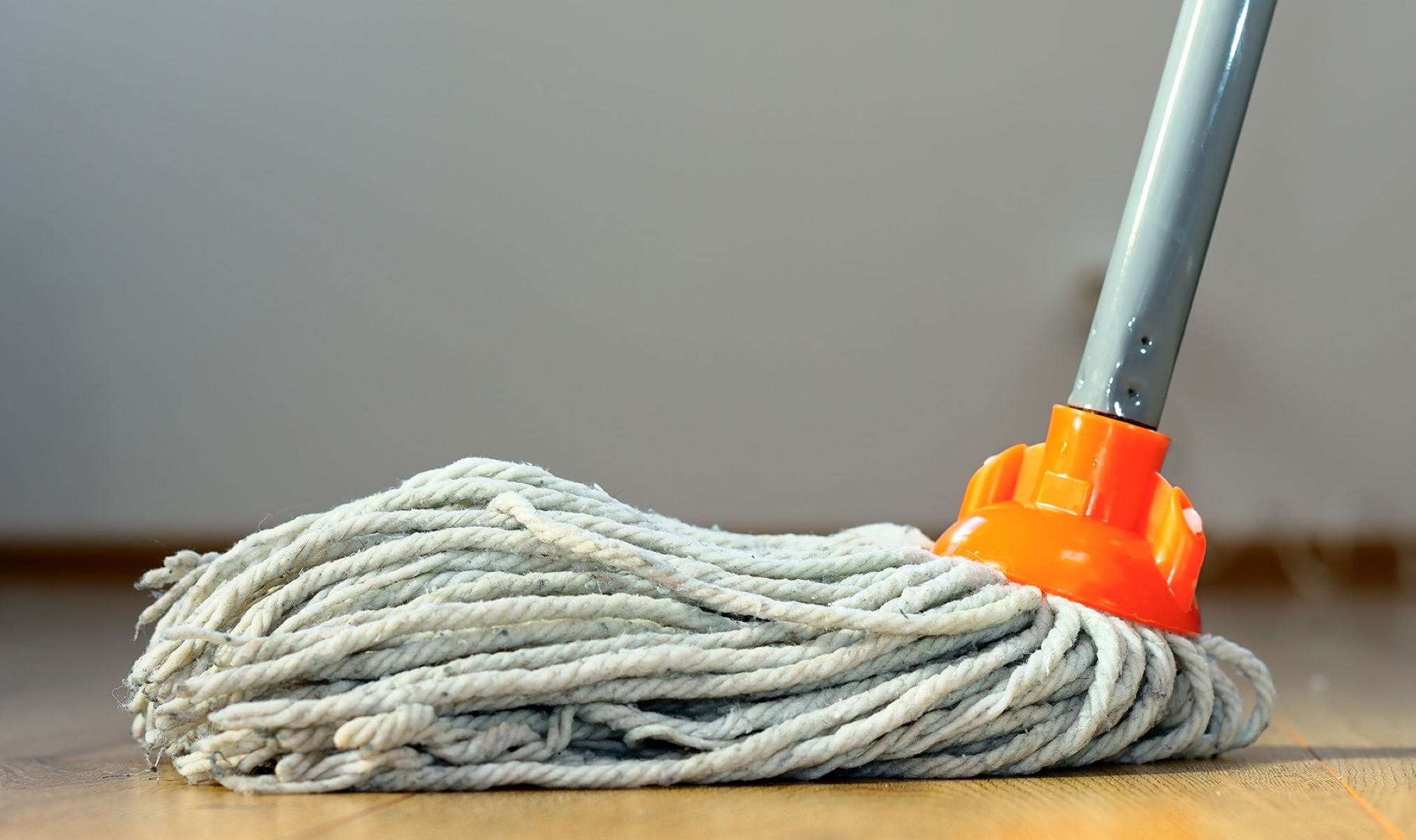


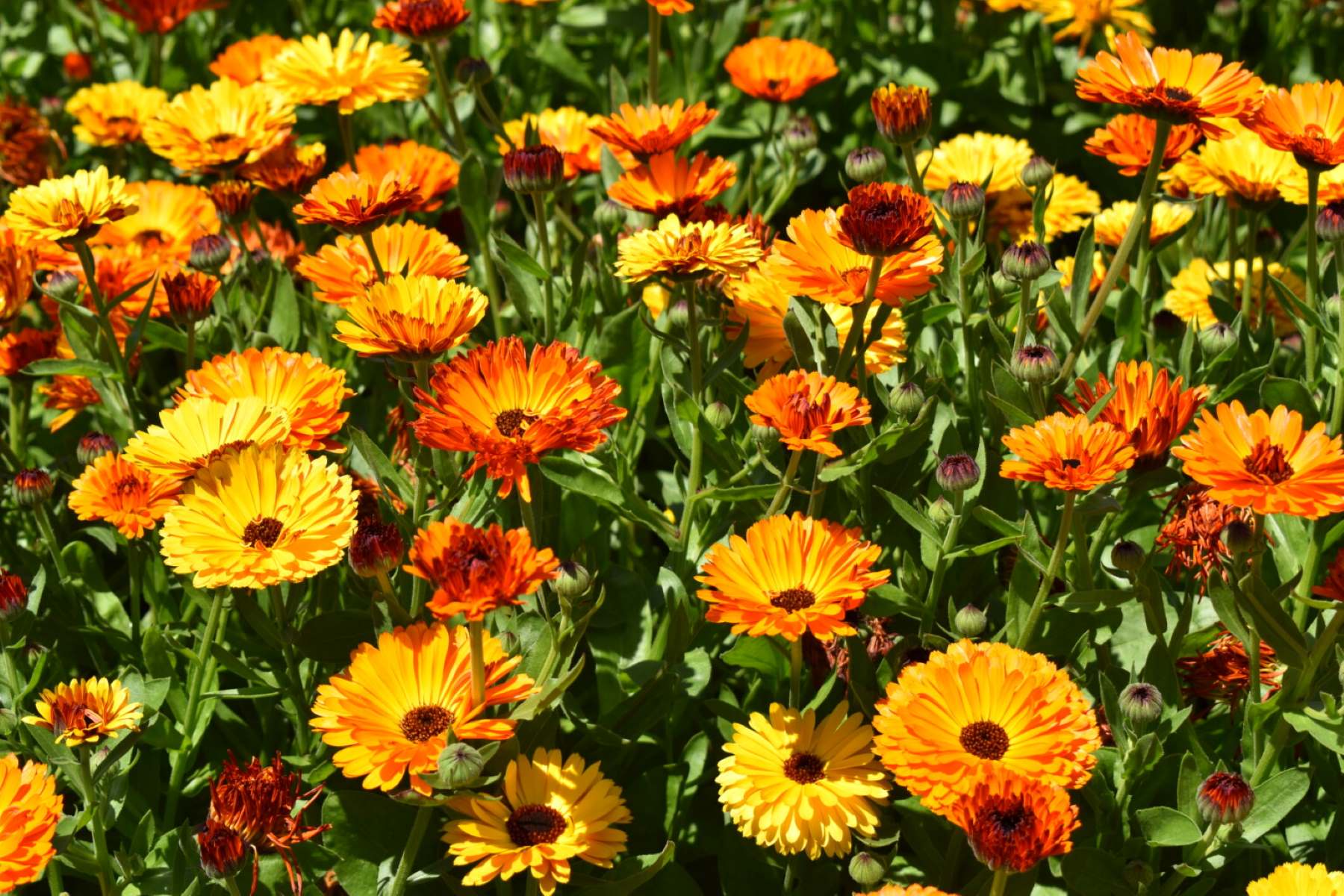

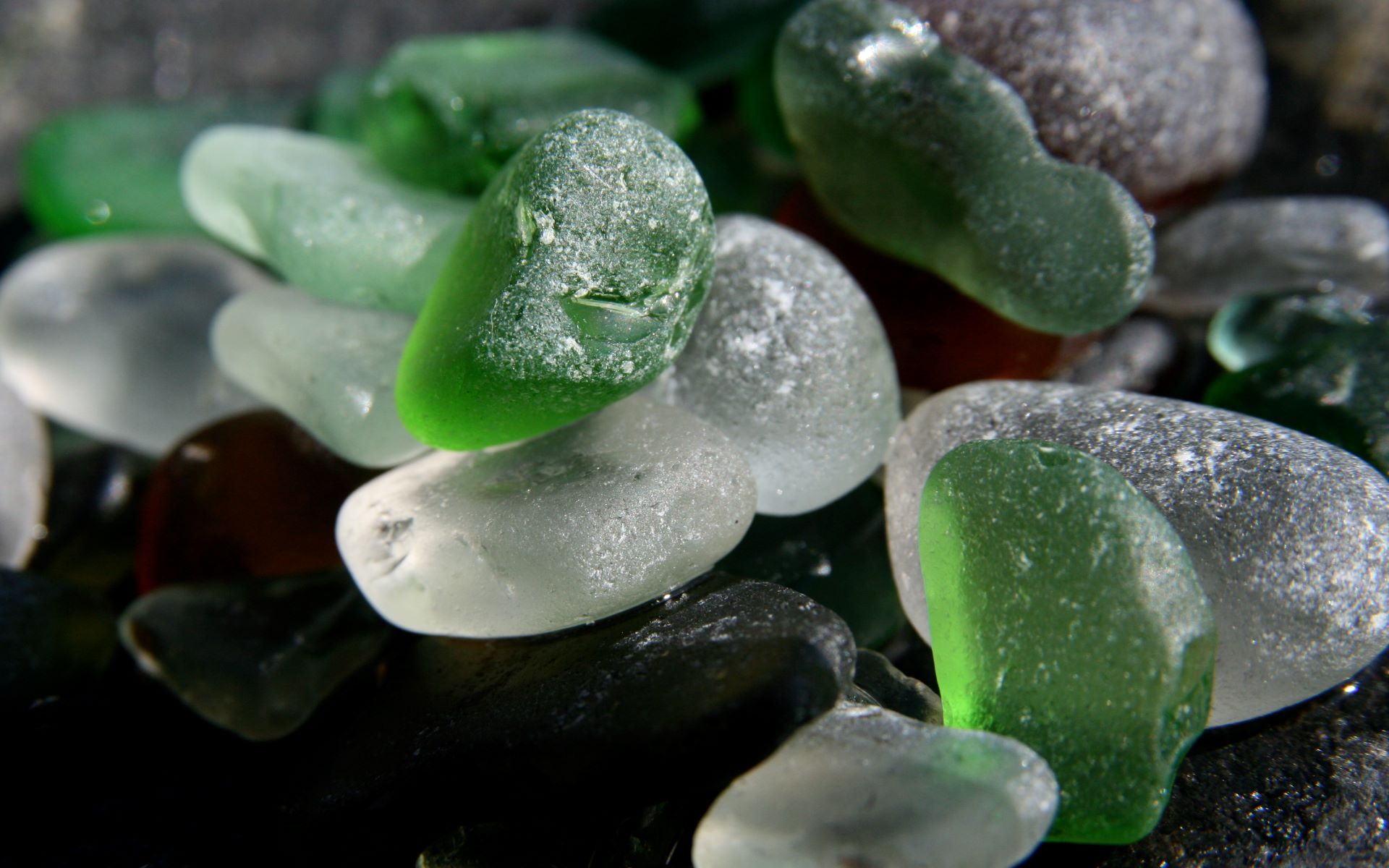
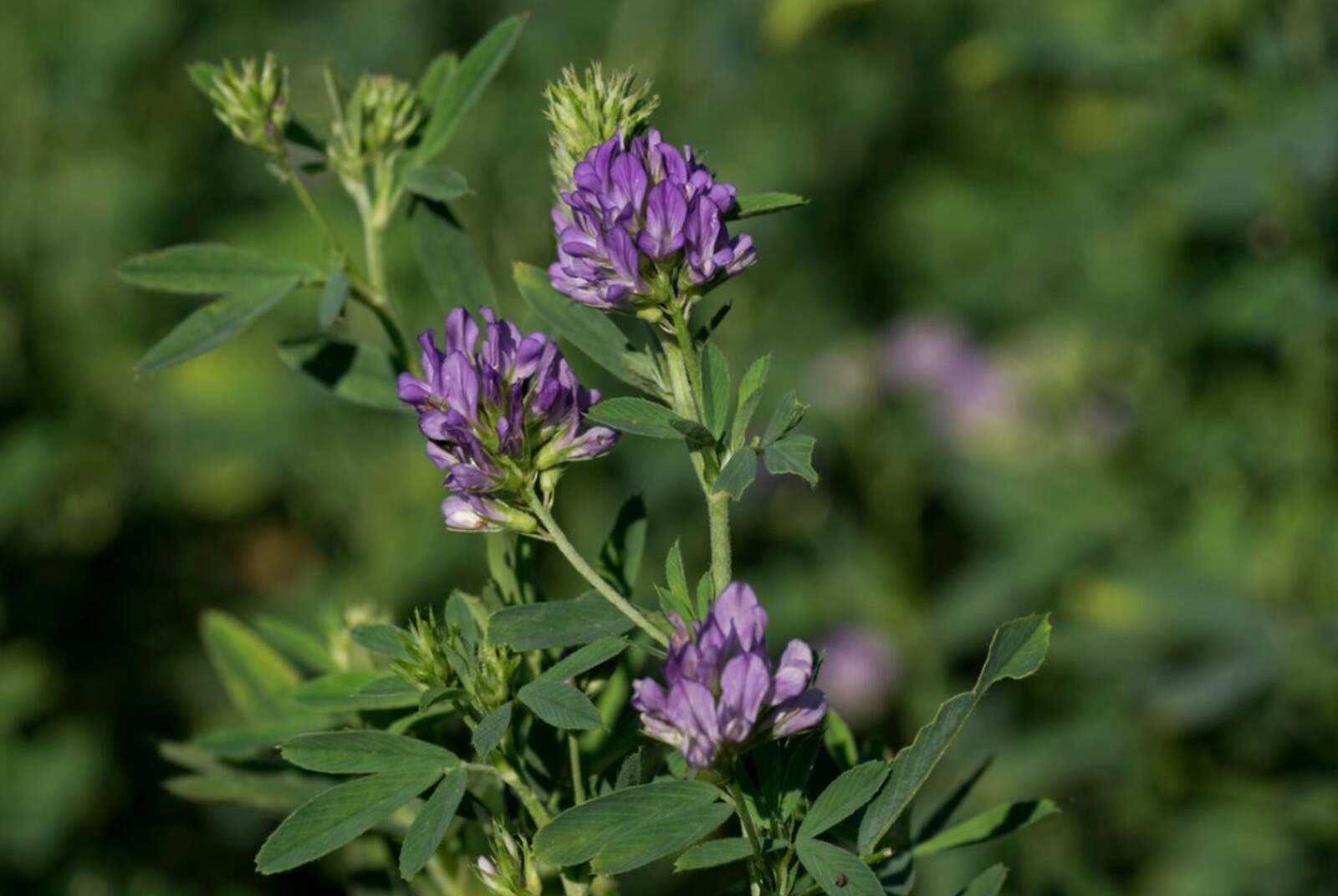
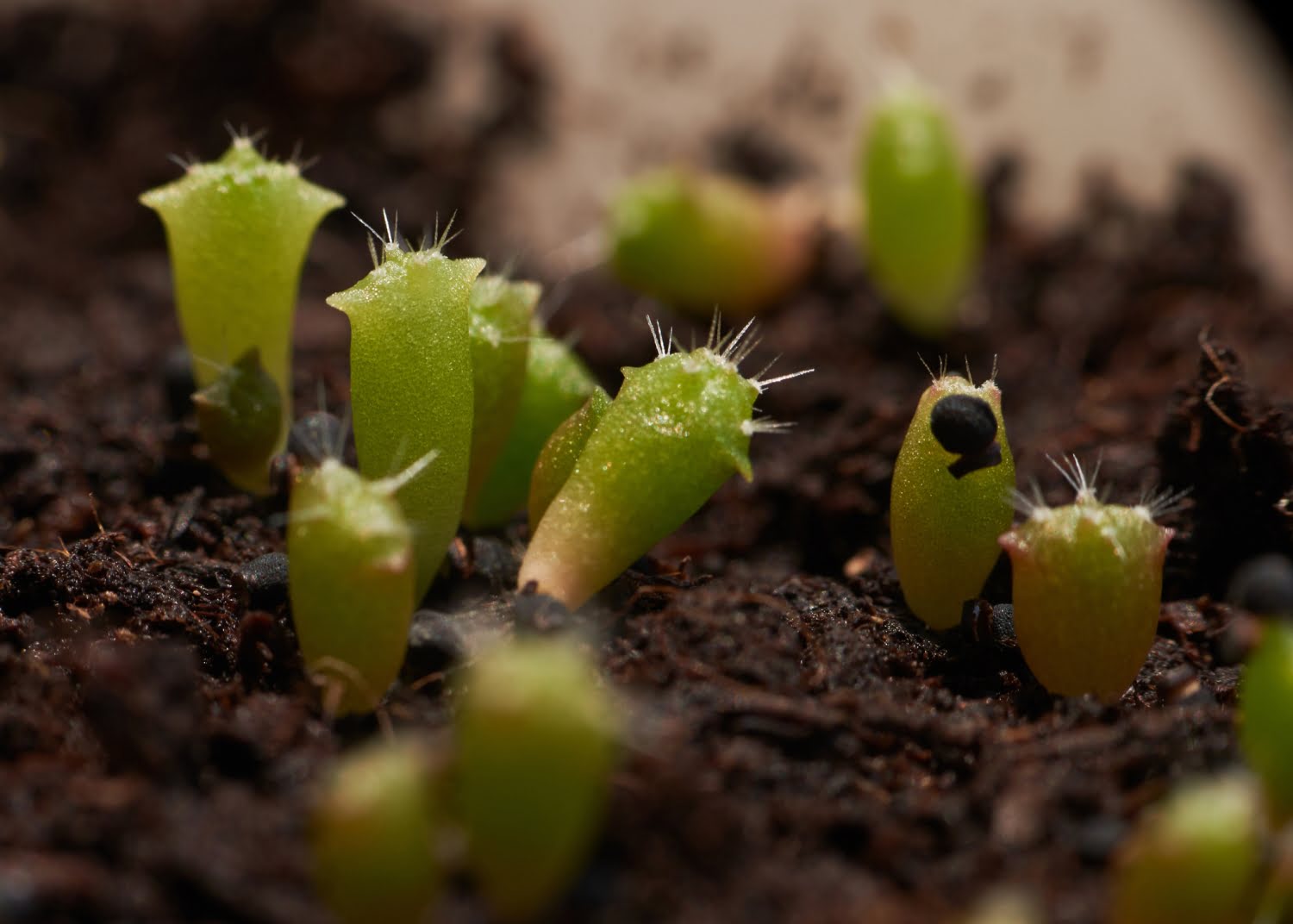
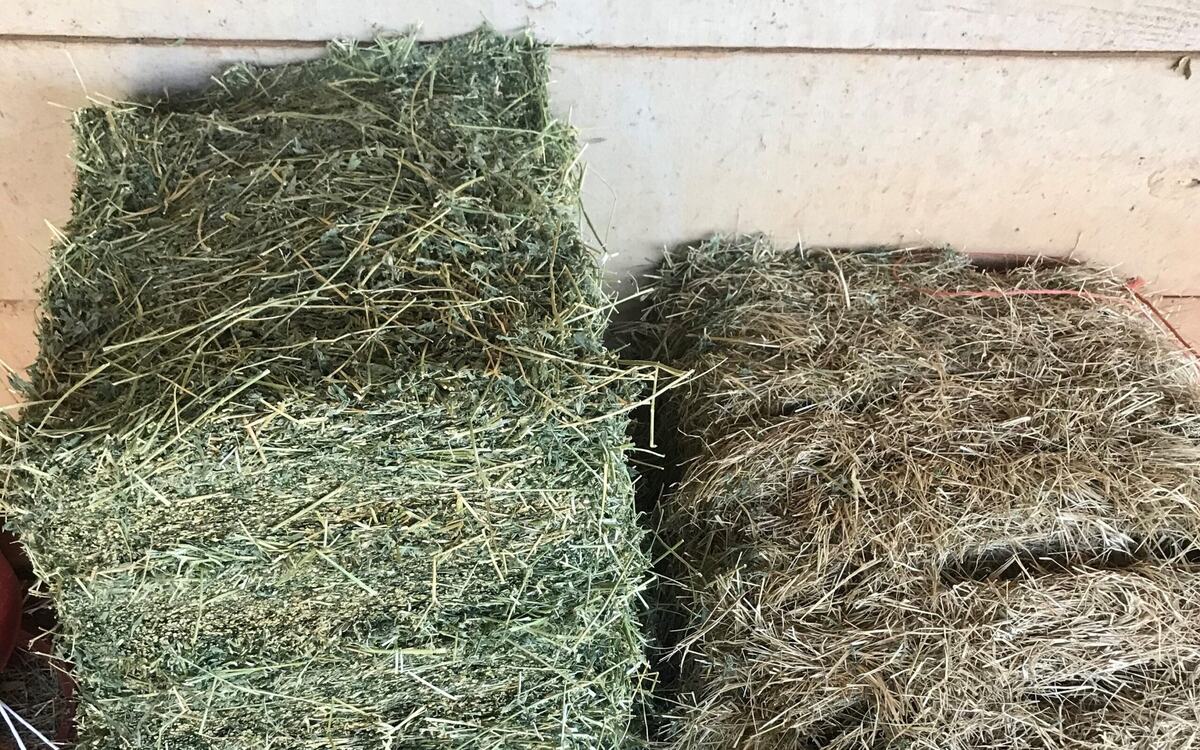

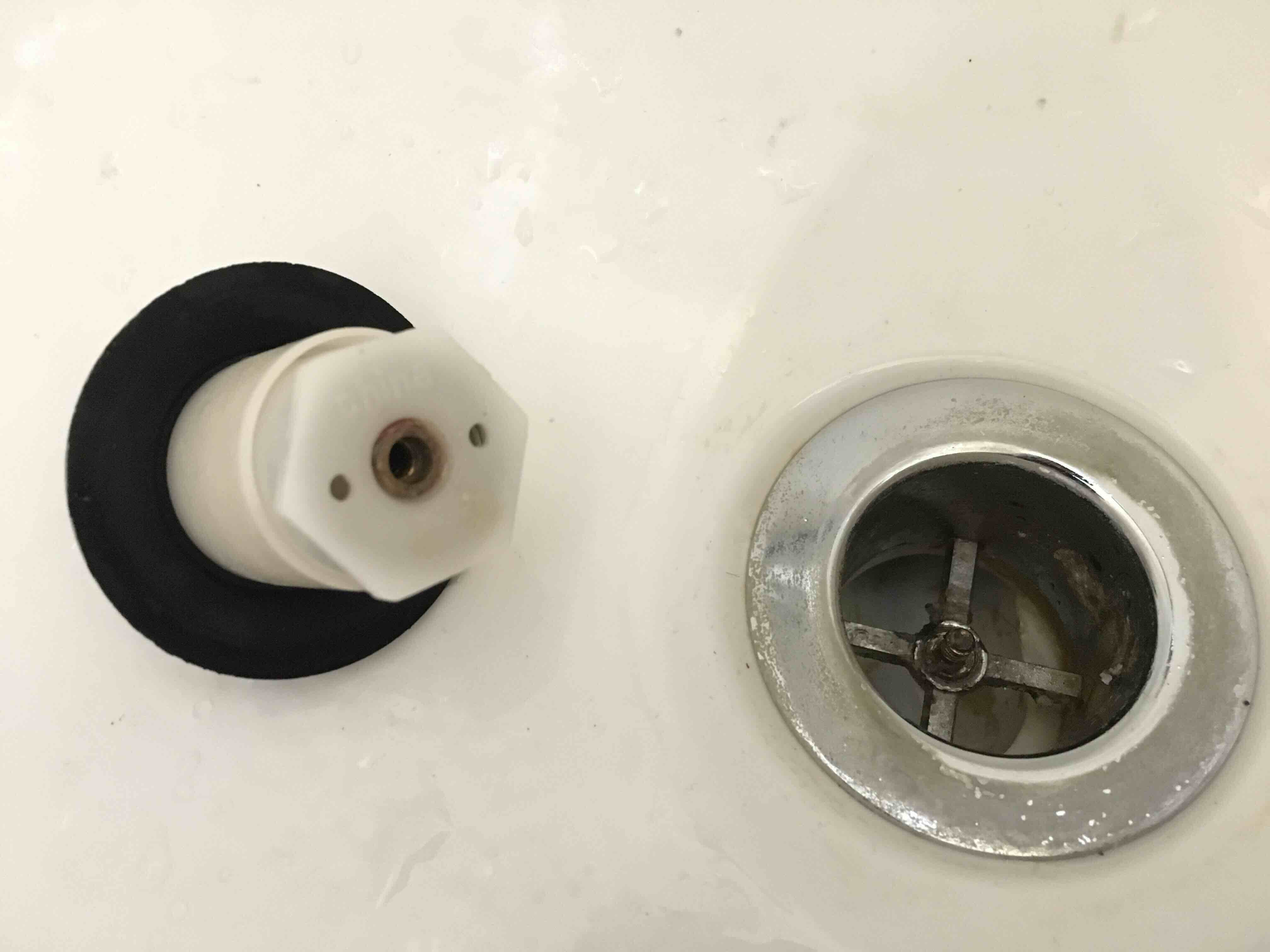

0 thoughts on “What Does Thyme Look Like?”